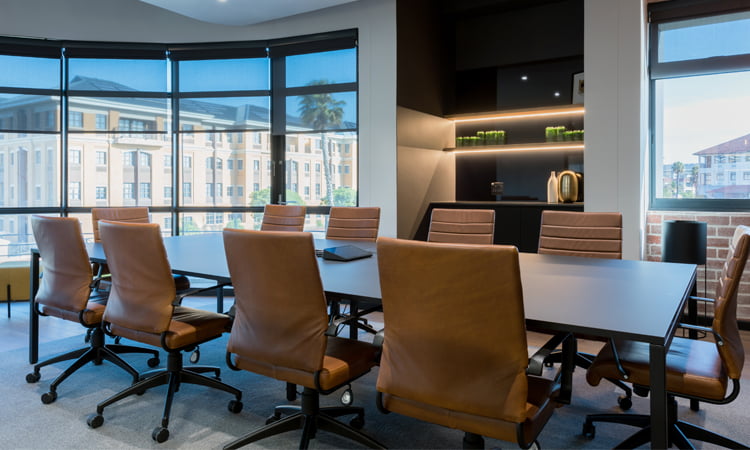
My Journey to Finding the Best Office Task Chair: The Problem with One-Size-Fits-All
After years of one-size-fits-all “ergonomic” chairs I found my perfect match and ended back breaking, leg numbing workdays.
Ergonomic office chairs are a crucial element in creating a comfortable and productive workspace. The choice of material used in office chair construction can significantly impact both the aesthetics and functionality of the chairs. This article explores four common materials used in office chairs: mesh, fabric genuine leather, and faux leather. We will define each material, discuss their specific uses, and weigh their pros and cons to help you make an informed decision.
Mesh in office chairs refers to a breathable, flexible, woven material used primarily for the backrest and sometimes the seat of the chair. This material is typically made from synthetic fibers such as polyester, nylon, or a combination of both, which are tightly woven together to form a supportive yet flexible surface.
Mesh has become an increasingly popular material for office chairs due to its unique blend of comfort, support, and modern aesthetics. The primary advantage of mesh lies in its breathability; the open weave design allows air to circulate freely. This is especially beneficial in warmer climates. Mesh offers excellent ergonomic support. The flexible material contours to the shape of the user's body, distributing weight evenly and reducing pressure points.

Fabric is perhaps the most common material for office chairs. Fabric is made by weaving, knitting, or bonding fibers together, typically derived from natural sources like cotton, wool, linen, or synthetic materials like polyester or nylon.
Fabric is commonly used for upholstering the seats and backrests of office chairs due to its soft texture and wide variety of design options. It provides a comfortable seating surface and offers versatility in terms of colour and pattern, allowing for customisation to match different office environments. Fabric also offers a non-slip surface, contributing to a secure and stable seating experience.

Genuine leather used for office chairs is made from the hide of animals, typically cows. It is processed through tanning to produce a durable and flexible material that is highly prized for the luxurious feel and appearance it gives to office chairs.
Genuine leather is often used for the seat material and sometimes the backrest of high-end office chairs. It is chosen for its durability, comfort, and upscale look. For example, office chairs with leather upholstery are often used in corporate boardrooms.

Faux leather, also known as artificial leather or PU leather, is a synthetic material designed to mimic the look and feel of genuine leather. It is typically made from a plastic base layer treated with a polyurethane coating.
Faux leather is often used as an upholstery material for office chairs because it is a cost-effective alternative to genuine leather. It provides a similar aesthetic at a fraction of the price.

When selecting an office chair, it's important to consider the material based on your needs and preferences. Mesh is ideal for those seeking breathability and flexibility, especially for the backrest. Fabric offers a range of textures and colours, providing comfort and good breathability. Genuine leather offers unparalleled durability and comfort but comes at a higher price and requires more maintenance. Faux leather provides a budget-friendly option with a leather-like appearance, though it may not last as long or feel as luxurious. By understanding the pros and cons of each material, you can choose the office chair that best suits your workspace and enhances your overall comfort and productivity.

After years of one-size-fits-all “ergonomic” chairs I found my perfect match and ended back breaking, leg numbing workdays.


